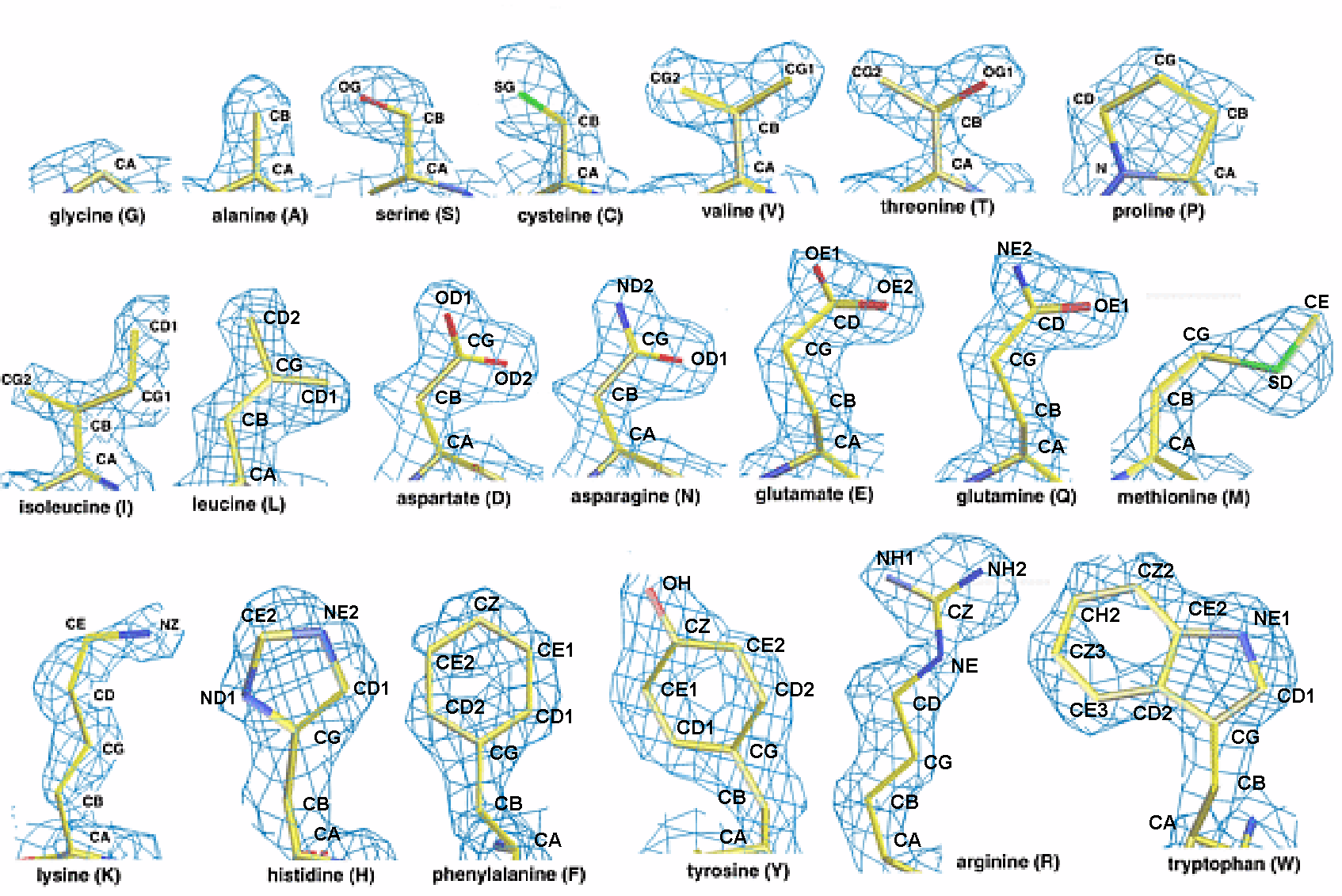Research → Research tools → PyMOL Scripts
_dimer_H-H_model_Open-Close.pml script
#BEGIN PYMOL SCRIPT # http://people.mbi.ucla.edu/sawaya/tutorials/Graphics/pymol.html # antialias =1 smooths jagged edges, 0 turns it off set antialias = 1 # stick_radius -adjust thickness of atomic bonds set stick_radius = 0.3 # mesh_radius -to adjust thickness of electron # density contours set mesh_radius = 0.02 # bg_color --set the background color bg_color white # ray_opaque_background --set the background opaque off set ray_opaque_background, off # turn off ray traced shadows set ray_shadows, off # load pdb file (Close-to-Close) and give it an object name load model.O-C.002.12.pdb, model 1 load model.O-C.002.14.pdb, model 2 load model.O-C.006.09.pdb, model 3 load model.O-C.002.02.pdb, model 4 load model.O-C.002.27.pdb, model 5 load model.O-C.000.09.pdb, model 6 load model.O-C.002.08.pdb, model 7 load model.O-C.006.01.pdb, model 8 load model.O-C.002.19.pdb, model 9 load model.O-C.002.26.pdb, model 10 load model.O-C.002.07.pdb, model 11 load model.O-C.006.07.pdb, model 12 load model.O-C.006.04.pdb, model 13 load model.O-C.006.10.pdb, model 14 # hide nonbonded atoms (i.e. waters) hide nonbonded # show cartoon ribbons show cartoon # select resi 114 and chain A or resi 114-120 and chain B select nterm, resi 114 and chain A # Hide the default line representation of atomic bonds hide lines # Use standard helix, strand, and loop representations # other possibilities: cartoon loop, cartoon rect, # cartoon oval, and cartoon tube cartoon automatic # If you dont have secondary structure assignments # in the PDB header then uncomment the following # line to detect secondary structure. # Warning, very coarse approximation. # Or get header from http://www.mbfys.lu.se/Services/SecStr/ #util.ss ocp # Make fancy helices with ridge on the edges like # molscript does # 1 is on. 0 is off. set cartoon_fancy_helices=1 # Make the strands flat=1 or pass through CA positions=0 # Set to 0 when showing side chains from a strand set cartoon_flat_sheets = 1.0 # Draw the loops smooth=1 or pass through CA positions=0 # Set to 0 when showing side chains from a loop set cartoon_smooth_loops = 0 # Set the color of the residues # to find the names of the colors available # click on the rainbow colored square in the # upper right corner of the graphics window color blue, (resid 1:188) color blue, (resid 229:288) color cyan, (resid 9:36) color cyan, (resid 142:156) color red, (resid 189:228) color red, (resid 289:358) color yellow, (resid 359:530) color orange, (resid 442:454) color green, (resid 531:566) color magenta, (resid 114:114) color yellow, (resid 502:502) color magenta, (resid 318:319) color magenta, (resid 220:220) color red, (resid 437:437) color red, (resid 440:440) # Show spheres for important residues show spheres, resid 114:114 show spheres, resid 502:502 show spheres, resid 437:437 show spheres, resid 440:440 # Show sticks for bonds show sticks, (resid 220 or resid 318 or resid 319) ### cut below here and paste into script ###
Displaying a Molecular Surface
# Displaying a Molecular Surface show surface, ocp
Displaying a Transparent Molecular Surface
# Displaying a Transparent Molecular Surface show surface, ocp set transparency=0.5
Making Labels
# Making Labels # You can select the residue and atom where the label will be placed. # But, these labels are pretty crude. # I recommend that you use Illustrator for labeling figures for publication. # Make label for carotenoid: label ( resi 350 and name; c16), "carotenoid 1 " label ( resi 351 and name; c16), "carotenoid 2" label ( resi 401 and name; c1), "sucrose " set label_color =1
Color by Secondary Structure or Atom Type
# Color by Secondary Structure or Atom Type # You can select the residue and atom where the label will be placed. color red, ss h color marine, ss s color yellow, ss l+'' # to color ligands by atom color use util.cbag # Other functions are cbag, cbac, cbas, cbap, cbak, cbaw and cbab # (grey (carbon), cyan, salmon, purple, pink, white (hydrogen) and slate) util.cbag ocp and (resid 350:351 or resid 401)
Color by restype
# Color by restype
# Copyright (c) 2004 Robert L. Campbell
import colorsys,sys
from pymol import cmd
aa_1_3 = {
'A': 'ALA',
'C': 'CYS',
'D': 'ASP',
'E': 'GLU',
'F': 'PHE',
'G': 'GLY',
'H': 'HIS',
'I': 'ILE',
'K': 'LYS',
'L': 'LEU',
'M': 'MET',
'N': 'ASN',
'P': 'PRO',
'Q': 'GLN',
'R': 'ARG',
'S': 'SER',
'T': 'THR',
'V': 'VAL',
'W': 'TRP',
'Y': 'TYR',
}
aa_3_1 = {
'ALA' : 'A',
'CYS' : 'C',
'ASP' : 'D',
'GLU' : 'E',
'PHE' : 'F',
'GLY' : 'G',
'HIS' : 'H',
'ILE' : 'I',
'LYS' : 'K',
'LEU' : 'L',
'MET' : 'M',
'ASN' : 'N',
'PRO' : 'P',
'GLN' : 'Q',
'ARG' : 'R',
'SER' : 'S',
'THR' : 'T',
'VAL' : 'V',
'TRP' : 'W',
'TYR' : 'Y',
}
aa_types = {
'A': 'hydrophobic',
'C': 'cysteine',
'D': 'negative',
'E': 'negative',
'F': 'aromatic',
'G': 'hydrophobic',
'H': 'polar',
'I': 'hydrophobic',
'K': 'positive',
'L': 'hydrophobic',
'M': 'hydrophobic',
'N': 'polar',
'P': 'proline',
'Q': 'polar',
'R': 'positive',
'S': 'polar',
'T': 'polar',
'V': 'hydrophobic',
'W': 'aromatic',
'Y': 'aromatic',
}
def color_by_restype(selection="all",
hydrophobic='grey90',
aromatic='lightpink',
polar='palecyan',
positive='blue',
negative='red',
cysteine='paleyellow',
proline='palegreen',
):
"""
usage: color_by_restype ,
e.g. color_by_restype protein and chain A, hydrophobic=wheat
Residue groups: Default colours:
hydrophobic: AGILMV grey90
aromatic: FWY lightpink
polar: HNQST palecyan
positive: KR blue
negative: DE red
cysteine: C paleyellow
proline: P palegreen
"""
colors = {
'hydrophobic': hydrophobic,
'aromatic': aromatic,
'polar': polar,
'positive': positive,
'negative': negative,
'cysteine': cysteine,
'proline': proline,
}
for aa in aa_types:
sel = selection + " and r. %s" % aa_1_3[aa]
# print sel,"-->", colors[aa_types[aa]]
cmd.color(colors[aa_types[aa]],sel)
cmd.extend("color_by_restype",color_by_restype) 